Home>Garden Essentials>How To Protect Grass Seeds From Birds
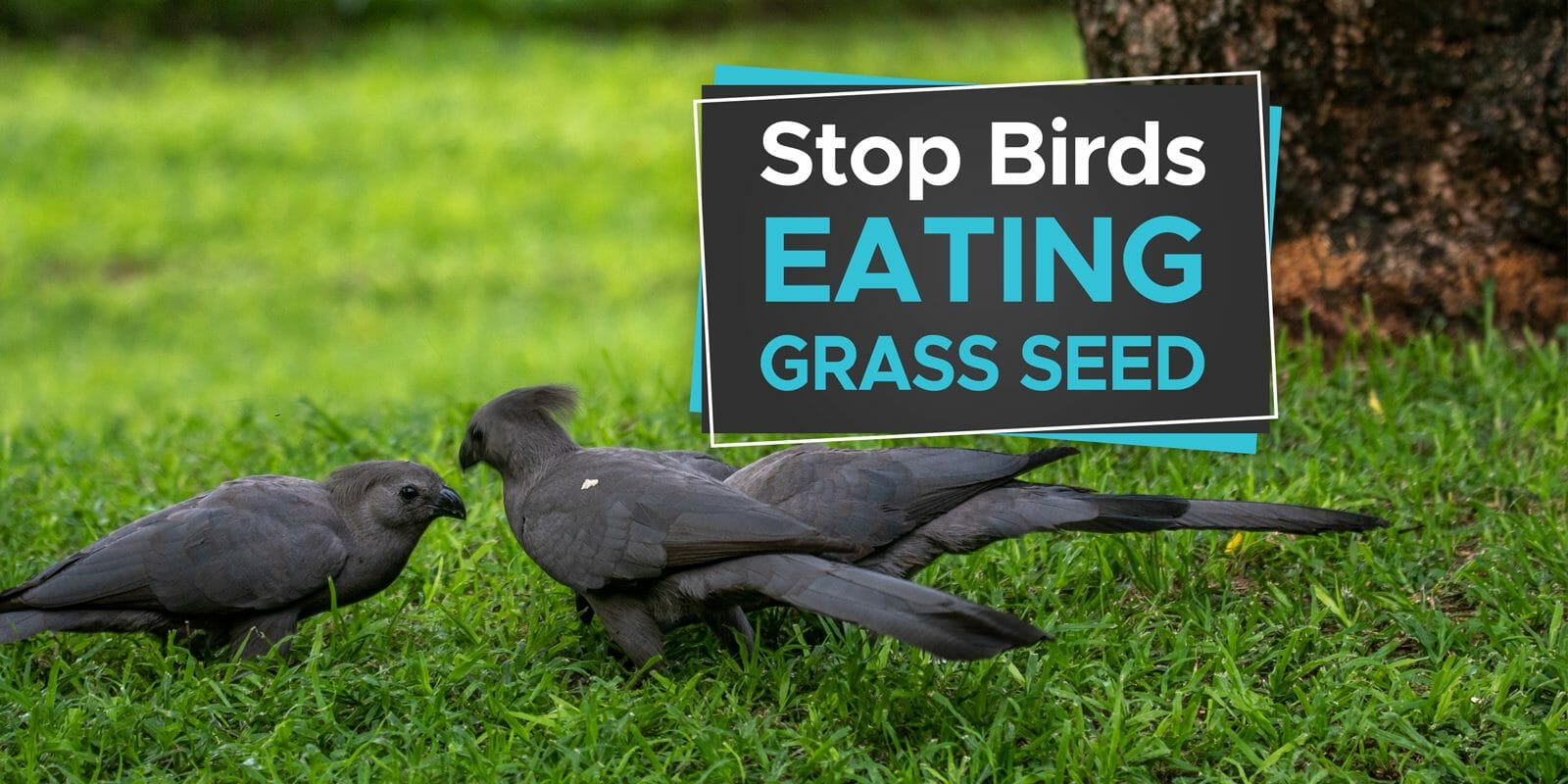

Garden Essentials
How To Protect Grass Seeds From Birds
Modified: September 1, 2024
Protect your garden from pesky birds and ensure the successful growth of grass seeds with our helpful tips and tricks.
(Many of the links in this article redirect to a specific reviewed product. Your purchase of these products through affiliate links helps to generate commission for Storables.com, at no extra cost. Learn more)
Introduction
Welcome to the world of gardening, where nature thrives and beauty blossoms. Whether you are an avid gardener or a homeowner looking to perfect your lawn, protecting your grass seeds from birds is a crucial step in ensuring the success of your green haven. Birds, with their keen eyesight and natural instincts, are notorious for feasting on freshly sown grass seeds. While their presence in your garden can bring joy and a sense of serenity, it can also lead to frustration and disappointment as they dig up and devour your carefully planted seeds.
Understanding the reasons behind birds’ love for grass seeds is the first step towards finding effective protection methods. Birds are attracted to grass seeds due to their high nutritious value and easy availability. Seeds are a natural food source for many bird species, providing them with essential nutrients and energy. In addition, the freshly exposed soil from seed planting makes it easier for birds to spot and access the seeds.
Protecting your grass seeds from birds is vital to ensure their germination and growth. When birds constantly forage and disrupt the soil, it can lead to uneven distribution of seeds and hinder their ability to sprout. This can result in sparse and patchy areas in your lawn, compromising its beauty and overall health. By implementing some simple yet effective protection measures, you can safeguard your grass seeds and allow them to flourish into a lush, green carpet.
In this article, we will explore natural methods to protect grass seeds from birds. From scare tactics to physical barriers, we will dive into various strategies that will help you minimize bird damage and achieve the garden of your dreams. So, let’s get started and discover how you can outsmart the birds and keep your grass seeds safe!
Key Takeaways:
- Protecting grass seeds from birds is crucial for a lush lawn. Use scare tactics, physical barriers, and reflective objects to deter birds and ensure successful germination and growth.
- Providing alternative food sources, using motion-activated sprinklers, and regular maintenance are effective ways to protect grass seeds from birds and maintain a flourishing garden.
Read more: How To Protect Grass From Cars
Why do birds eat grass seeds?
Birds have evolved to have a diverse diet, and grass seeds are a tasty and nutritious part of their natural food sources. Here are a few reasons why birds are drawn to feasting on grass seeds:
- Nutritional value: Grass seeds are rich in carbohydrates, fats, and proteins, making them an excellent source of energy for birds. These nutrients are vital for their survival, especially during breeding seasons or harsh weather conditions.
- Abundance and accessibility: Grass seeds are readily available and easy to find. Seeds are naturally dispersed by plants and can be found on the ground, making them easily accessible to foraging birds.
- Seeds as a primary food source: Certain bird species, such as finches and sparrows, have evolved to primarily feed on seeds. Their beaks are specifically designed for cracking open seeds and extracting the nourishing contents.
- Adaptation to grassland habitats: Many bird species, such as blackbirds and starlings, have adapted to living in grassland habitats. These areas are abundant in grass seeds, making them a natural and preferred food source for these birds.
- Seasonal availability: Grasses produce seeds at different times of the year, depending on the species. Birds follow these patterns and adjust their feeding habits accordingly, targeting areas where grass seeds are most abundant during a particular season.
It’s important to note that birds eating grass seeds is not inherently detrimental. In fact, it plays a significant role in nature’s balance by aiding in seed dispersal. Birds inadvertently transport seeds to new locations through their digestion and excretion process. This helps plants spread and promotes the growth of diverse ecosystems.
However, when birds target freshly sown grass seeds in your garden, it can be problematic and frustrating. It disrupts your intended seed distribution and hampers the establishment of a lush and healthy lawn. By understanding the reasons behind birds’ affinity for grass seeds, you can implement effective strategies to protect your seeds and ensure successful germination and growth.
The Importance of Protecting Grass Seeds
Protecting grass seeds from birds is crucial for the successful establishment and growth of your lawn. Here are some key reasons why it’s important to prioritize the protection of your grass seeds:
- Ensuring proper germination: Birds can disrupt the even distribution of grass seeds by digging them up or scattering them haphazardly. This can result in patchy areas in your lawn where seeds fail to germinate. By protecting your grass seeds, you create the optimal conditions for uniform germination and a lush, full carpet of grass.
- Promoting healthy growth: When birds constantly forage in your garden, they disturb the topsoil and potentially damage the delicate emerging seedlings. By protecting your grass seeds, you prevent this interference and allow the young plants to grow freely, encouraging healthier and more robust growth.
- Maintaining aesthetic appeal: A well-maintained lawn adds beauty and value to your property. If birds are left unchecked and allowed to feast on the grass seeds, it can lead to unsightly bare spots and uneven growth. Protecting the seeds ensures a uniform and visually appealing lawn that enhances the overall aesthetics of your outdoor space.
- Cost and time savings: Re-sowing grass seeds can be a time-consuming and costly endeavor. By protecting your seeds, you save yourself the hassle of having to replant and reseed areas that have been damaged by birds. It also saves you money by reducing the need for additional seeds and supplies.
- Preserving your hard work: Gardening requires dedication, effort, and patience. Protecting your grass seeds is a way of safeguarding the fruits of your labor and preserving the hard work you’ve put into creating a beautiful outdoor space. It ensures that your lawn thrives and remains a testament to your gardening skills and passion.
By recognizing the significance of protecting your grass seeds from birds, you invest in the long-term health and success of your lawn. Implementing effective bird deterrent strategies will not only save you time and money but also help you maintain a lush, vibrant, and visually appealing garden that you can enjoy for years to come.
Natural Methods to Protect Grass Seeds from Birds
When it comes to protecting your grass seeds from birds, there are several natural methods you can employ. These strategies are non-toxic and environmentally friendly, allowing you to safeguard your seeds while maintaining a healthy garden ecosystem. Here are ten effective natural methods to consider:
- Use scare tactics: Birds are easily startled by sudden movements and loud noises. Place scarecrows, wind chimes, or reflective tape near your grass seed area to create a sense of danger and deter birds from landing and foraging.
- Provide alternative food sources for birds: Set up bird feeders or birdbaths away from your grass seed area to divert the birds’ attention and offer them an alternative source of food or water.
- Install bird deterrents: Consider installing physical bird deterrents, such as bird netting or wire mesh, to create a barrier that prevents birds from accessing your grass seeds.
- Utilize visual deterrents: Hang shiny objects, like old CDs or aluminum foil strips, around your grass seed area. The reflective surfaces will create visual disturbances that birds find unappealing and discourage them from landing and feeding.
- Use physical barriers: Place garden fabric or floating row covers directly over the seeded area to protect the seeds from birds’ pecking and scratching. These barriers allow sunlight and moisture to reach the seeds while keeping birds at bay.
- Employ reflective objects: Wind-spinners, pinwheels, or mirrors can be strategically placed around your grass seed area to create flashes of light and movement that deter birds.
- Apply taste deterrents: Sprinkle a natural taste deterrent, such as cayenne pepper or garlic powder, around the perimeter of your grass seed area. The strong smell and taste will discourage birds from approaching and eating the seeds.
- Create noise distractions: Set up wind chimes or install motion-activated devices that emit loud noises when birds come near. The unexpected sounds will startle the birds and discourage them from landing and feeding on the seeds.
- Opt for motion-activated sprinklers: Install motion-activated sprinklers that release a sudden burst of water when birds approach. The surprise water spray will deter birds and keep them away from your grass seed area.
- Regular maintenance and monitoring: Keep your garden well-maintained by removing fallen seeds, debris, and overgrown vegetation. Regularly monitor your grass seed area for any signs of bird activity and take immediate action to reinforce your deterrent methods if needed.
By using these natural methods, you can protect your grass seeds from birds while ensuring a safe and healthy garden environment. Remember to experiment with different techniques and adjust your approach based on the bird species in your area and their behaviors. With perseverance and a bit of creativity, you can successfully deter birds and enjoy the beauty of a thriving lawn.
Use scare tactics
Scare tactics can be an effective way to deter birds from feasting on your grass seeds. Birds are naturally wary of sudden movements and loud noises, so using scare tactics creates a sense of danger that discourages them from landing and foraging. Here are some scare tactics you can employ:
- Scarecrows: Set up scarecrows in your garden, strategically placing them near your grass seed area. Scarecrows with vibrant clothing, stuffed with hay or straw, can be quite effective in deterring birds. To maximize their effectiveness, move or rearrange the scarecrows occasionally to maintain the element of surprise.
- Windsocks and wind spinners: Hang windsocks or wind spinners near your grass seed area. The movement created by the wind will catch the birds’ attention and make them cautious about landing. Opt for colorful and reflective options to increase their effectiveness.
- Reflective tape or balloons: Hang strips of reflective tape or balloons around your grass seed area. As the light hits these reflective surfaces, it creates flashes that birds find disorienting and intimidating. This visual disturbance can effectively deter birds from landing and feeding.
- Noise makers: Use noise makers such as wind chimes, aluminum cans, or pie pans strung together with string. Hang them near your grass seed area to create unexpected sounds when the wind blows or when birds approach. The sudden noises startle the birds and make them wary of the area.
- Predator decoys: Place decoy predators, such as plastic owls or snakes, near your grass seed area. Birds have a natural fear of predators and will be less likely to approach an area where they perceive danger. Move the decoys occasionally to prevent birds from getting used to their presence.
It’s important to note that birds can become habituated to scare tactics over time. To maintain their effectiveness, regularly change the positioning, arrangement, or type of scare tactics you use. This will prevent birds from becoming accustomed to the deterrents and ensure their continued effectiveness in protecting your grass seeds.
Remember that scare tactics alone may not provide complete protection, especially if your yard has a large bird population or if the bird pressure is particularly high. Combining scare tactics with other natural methods, such as physical barriers or deterrent sprays, can significantly increase their effectiveness and protect your grass seeds more comprehensively.
Implementing scare tactics requires regular monitoring and adjustment to determine their effectiveness. By staying vigilant and proactive, you can ensure that birds are sufficiently deterred from accessing your grass seed area, allowing your seeds to germinate and grow undisturbed.
Read more: How To Protect Grass From Heat
Provide alternative food sources for birds
One effective way to divert birds’ attention from your grass seeds is by providing alternative food sources. By offering birds an appealing and easily accessible food supply elsewhere in your garden, they will be less likely to target your grass seed area. Here are some suggestions for providing alternative food sources:
- Bird feeders: Set up bird feeders in different areas of your garden, away from your grass seed area. Fill them with a variety of birdseed or other bird-friendly food, such as suet or mealworms. This will entice birds away from your grass seeds and provide them with an alternative, readily available food source.
- Birdbaths: Install one or more birdbaths in your garden. Birds not only need food but also require water for drinking and bathing. By providing a clean and accessible water source, you can attract birds and keep them occupied away from your grass seed area.
- Fruit-bearing plants: Plant fruit-bearing trees or bushes in your garden to provide birds with a natural source of food. Berries, apples, and cherries are popular choices that many bird species enjoy. By offering these options, you give birds a tasty alternative to your grass seeds.
- Native plants: Create a garden filled with native plants that produce seeds or attract insects. Native plants are well-adapted to the local environment and provide a diverse food source for birds. They support the local ecosystem while keeping birds occupied and less interested in your grass seeds.
- Insect-friendly areas: Designate a section of your garden as an insect-friendly zone. Plant flowers, herbs, or grasses that attract insects like butterflies, bees, or beetles. Birds will be drawn to this area to feed on the insects, diverting their attention from your grass seed area.
When providing alternative food sources, keep in mind that the placement of feeders, birdbaths, and plants is crucial. Ensure they are strategically located away from your grass seed area to minimize the chance of birds wandering over in search of food.
Regular maintenance of the alternative food sources is essential. Ensure bird feeders are kept clean and filled regularly. Birdbaths should be cleaned and refilled with fresh water to maintain their appeal to birds. By consistently providing attractive alternatives, you can create a bird-friendly environment that satisfies their hunger and reduces their interest in your grass seeds.
Remember that different bird species may have unique food preferences. Research local bird species in your area to determine the best options for attracting them. By catering to their specific needs, you can effectively steer birds away from your grass seed area and protect your seeds from being devoured.
Install Bird Deterrents
Installing bird deterrents can be a highly effective way to prevent birds from accessing your grass seed area. These physical barriers create a barrier that makes it difficult for birds to reach and feed on the seeds. Here are some bird deterrent options to consider:
- Bird Netting: Installing bird netting is an excellent way to protect your grass seeds. This mesh-like material forms a physical barrier over the seeded area, preventing birds from landing and accessing the seeds. Ensure that the netting is taut and securely fastened to prevent birds from getting entangled.
- Wire Mesh: Similar to bird netting, wire mesh provides a physical barrier that deters birds. Use sturdy wire mesh, such as chicken wire, to create a protective cage or barrier around the seeded area. Make sure the mesh openings are small enough to prevent birds from reaching through and accessing the seeds.
- Planting Frames: Construct frames using PVC pipes or wooden stakes around your grass seed area. Attach bird netting or wire mesh to the frames to create a protective enclosure. This technique allows the seeds to receive sunlight and water while preventing bird interference.
- Hoops or Garden Fabric: Use hoop structures or garden fabric specifically designed for protecting plants and seeds. These protective covers can be placed directly over the seeded area, forming a physical barrier that birds cannot penetrate.
- Bird Spikes: Install bird spikes on fences, poles, or other surfaces near your grass seed area. These spikes make the landing areas uncomfortable for birds, discouraging them from perching and feeding. Ensure the bird spikes are properly installed to effectively deter birds.
When installing bird deterrents, it’s important to secure them properly to ensure effectiveness. Regularly check for any gaps or areas where birds could potentially squeeze through or access the seeds. Reinforce or adjust the deterrents as needed to maintain comprehensive protection.
Using a combination of multiple deterrent methods can significantly enhance their effectiveness. For example, use bird netting or wire mesh along with scare tactics or reflective objects to create a more comprehensive deterrent system that addresses different bird behaviors and preferences.
Remember to perform regular inspections to ensure that the bird deterrents remain intact and functional. Additionally, monitor the growth of your grass seeds to determine when it is safe to remove the physical barriers or when to reinforce them further, especially during critical growth stages.
By installing bird deterrents, you create a physical barrier that prevents birds from accessing your grass seed area. This ensures the seeds have the best chance to grow undisturbed, resulting in a healthy and beautiful lawn.
Utilize Visual Deterrents
Visual deterrents can be an effective way to deter birds from landing and feeding on your grass seeds. Birds are sensitive to visual disturbances, and utilizing these deterrents creates an environment that birds find unappealing and intimidating. Here are some visual deterrents you can use:
- Reflective Objects: Hang reflective objects such as old CDs, aluminum foil strips, or reflective tape around your grass seed area. As sunlight hits these surfaces, it creates flashes of light that birds find disorienting and off-putting. The movement and reflection deter birds from landing and feeding.
- Scarers: Install visual scarers such as scare eye balloons or predator-shaped decoys near your grass seed area. These visual deterrents mimic the presence of predators and create an illusion of danger for birds. Move them periodically to maintain their effectiveness.
- Pinwheels: Install pinwheels around your grass seed area. The spinning motion and bright colors of pinwheels create a visual disturbance that repels birds. Place them strategically to maximize their visibility and deterrence.
- Windsocks: Hang windsocks near your grass seed area. The movement of windsocks in the breeze creates visual stimulation that birds find unsettling. Opt for bright and contrasting colors to ensure visibility and increase their effectiveness.
- Scare Tape: Tie strips of scare tape to stakes or poles around your grass seed area. This iridescent tape creates an optical illusion that birds find alarming and avoid. The tape rustles and reflects light, creating a visual deterrent that keeps birds at bay.
Rotate and change the position of visual deterrents periodically to prevent birds from adapting and getting accustomed to their presence. Birds are quick learners, and they may eventually figure out that the deterrents pose no real threat if they become too familiar with them.
Visual deterrents work best when used in combination with other methods, such as scare tactics or physical barriers. By combining various deterrent techniques, you create a multi-layered defense system that effectively deters birds from your grass seed area.
Regularly monitor the efficiency of visual deterrents and make adjustments if needed. Ensure that the deterrents remain visible and in good condition, as weather conditions may affect their effectiveness over time. By maintaining and enhancing the visual deterrents, you can significantly reduce bird activity and protect your grass seeds.
Remember that different bird species may respond differently to various visual deterrents. Experiment with different options and observe which methods are most effective for the birds in your area. By adapting and fine-tuning your visual deterrents, you can provide a visual landscape that discourages birds from feasting on your grass seeds, allowing them to grow undisturbed.
Cover newly planted grass seeds with a thin layer of straw or mulch to deter birds from eating them. You can also use a bird netting to protect the seeds until they have germinated and established.
Use Physical Barriers
Physical barriers provide a highly effective and direct method of protecting your grass seeds from bird interference. By creating a physical barrier, you prevent birds from accessing the seeds and ensure their undisturbed germination and growth. Here are some physical barriers you can utilize:
- Bird Netting: Bird netting is a popular and practical option for protecting grass seeds. It is a lightweight mesh material that can be draped over the seeded area. The netting acts as a barrier, preventing birds from landing and accessing the seeds. Ensure that the netting is secured tightly and doesn’t sag to prevent any gaps where birds could squeeze through.
- Wire Mesh: Wire mesh, such as chicken wire or hardware cloth, can be used to create a physical barrier around your grass seed area. Cut the wire mesh to the appropriate size and shape, and then secure it with stakes or posts. This barrier will prevent birds from physically reaching the seeds while allowing sunlight and water to penetrate.
- Garden Fabric: Garden fabric, also known as row cover or frost cloth, can be an effective physical barrier for grass seeds. Simply lay the fabric directly over the seeded area and secure it with landscape pins or stakes. Garden fabric allows air, sunlight, and water to pass through while protecting the seeds from bird damage.
- Planting Frames: Construct frames using PVC pipes, wooden stakes, or other materials around your grass seed area. Attach bird netting or wire mesh to the frames to create a protective enclosure. This method allows you to customize the size and shape of the barrier while maintaining proper ventilation and sunlight for the seeds.
- Cloches: Cloches are transparent or translucent covers that can be placed over individual grass seedlings. They provide individual protection against birds and other pests while allowing sunlight and moisture to reach the young plants. Cloches are especially useful for small-scale gardening or in areas with high bird activity.
When using physical barriers, ensure that they are properly installed and securely anchored to prevent birds from pushing or lifting them. Regularly check and adjust the barriers as needed to maintain their integrity throughout the germination and growth process.
It’s important to note that while physical barriers effectively protect grass seeds from birds, they may also limit air circulation and moisture exchange. As a result, monitor the moisture levels regularly and water the seeds as needed to ensure optimal growing conditions.
Physical barriers are particularly useful during the initial stages of grass seed germination when the seeds are most susceptible to bird interference. Once the seeds have sprouted and established stronger roots, the barrier can be removed to allow for unhindered growth.
By utilizing physical barriers, you create a physical barrier that prevents birds from accessing your grass seeds. This method provides a straightforward and reliable means of protection, ensuring the healthy emergence and growth of your grass.
Employ Reflective Objects
Employing reflective objects is an effective strategy to deter birds from landing and feeding on your grass seeds. Birds are highly visual creatures, and the presence of reflective surfaces can create visual disturbances that birds find unappealing and intimidating. Here are some ways to utilize reflective objects as bird deterrents:
- Old CDs: Hang old CDs or DVDs near your grass seed area. As the sunlight hits the shiny surface of the discs, it creates flashes of light and reflections that birds find disorienting. The constant movement and changing patterns of light will discourage birds from landing and feeding on the seeds.
- Aluminum Foil Strips: Tie strips of aluminum foil to stakes or posts around your grass seed area. The reflective surface of the foil creates flashes of light and movement in the wind, deterring birds from approaching and feeding. Make sure the strips are long enough to catch the sunlight effectively.
- Reflective Tape: Wrap reflective tape around stakes or attach it to fences and poles near your grass seed area. The tape’s reflective properties create visual disturbances as it flutters in the wind, making birds wary of approaching the area. Opt for holographic or iridescent tape for maximum effectiveness.
- Mirrors: Place small mirrors strategically around your grass seed area. The reflection of the surrounding environment in the mirrors creates an illusion of movement and space, making birds hesitant to approach. Position the mirrors in a way that they are visible to birds from various angles.
- Shiny Wind Spinners: Install wind spinners with reflective surfaces near your grass seed area. As the wind blows, the spinners rotate and create flashes of light that deter birds. Opt for wind spinners with vibrant colors to enhance their visibility and attractiveness.
Remember to periodically reposition the reflective objects or change their orientation to maintain their effectiveness. Birds can become accustomed to the presence of stationary objects over time, so introducing movement or altering their positions helps prevent habituation.
It’s important to note that excessive use of reflective objects can be overwhelming to human eyes, especially in sunny areas. Consider the placement of reflective objects in a way that they primarily target the birds’ line of sight while minimizing any negative impact on your own outdoor experience.
Using reflective objects as bird deterrents can significantly reduce bird activity in your grass seed area. The flashing lights and unpredictable movements created by these objects create a visually unappealing environment for birds, allowing your grass seeds to grow undisturbed.
Apply Taste Deterrents
Taste deterrents can be an effective means of deterring birds from feeding on your grass seeds. By applying substances with strong or unpleasant tastes to the seeds, you create a deterrent that birds find unappetizing. Here are some taste deterrent options to consider:
- Cayenne Pepper: Sprinkle cayenne pepper powder directly onto your grass seeds. The strong, spicy taste of cayenne pepper is unpleasant to birds and deters them from consuming the seeds. Reapply the pepper after rain or when necessary to ensure its effectiveness.
- Garlic Powder: Mix garlic powder with water to create a garlic spray. Spray the mixture lightly over your grass seeds, creating a thin layer that deters birds. The pungent smell and taste of garlic will deter birds from feeding on the seeds.
- Vinegar Spray: Dilute white vinegar with water and spray it over your grass seeds. The sour taste and strong odor of vinegar act as a deterrent for birds. Reapply the spray as needed, especially after rain, to maintain its efficacy.
- Spicy Sauce: Mix a few drops of hot sauce or spicy chili sauce with water in a spray bottle. Lightly spray the mixture over your grass seeds, creating a taste deterrent for birds. The spicy flavor will discourage birds from consuming the seeds.
- Bitter Apple Spray: Bitter apple spray, commonly used as a pet deterrent, can also be effective against birds. Spray the bitter apple solution over your grass seeds. The bitter taste will discourage birds from continuing to feed on the seeds.
When applying taste deterrents, it’s important to strike a balance. You want to make the seeds unpalatable for birds without causing any harm to them or negatively affecting seed germination. Start with a small amount of the deterrent material and gradually increase as needed, monitoring the birds’ response and the growth of your grass seeds.
Keep in mind that taste deterrents may need to be reapplied after rainfall or heavy watering, as the effectiveness can diminish over time. Regularly inspect your grass seed area to ensure that the deterrent is still present and effective.
It’s important to note that taste deterrents may not work on all species of birds. Some birds may have stronger tolerance for certain tastes, while others may be less deterred altogether. Experiment with different taste deterrents and observe the effectiveness for the bird species in your area.
Applying taste deterrents to your grass seeds can create an unfavorable taste experience for birds, reducing their interest in consuming your seeds. By implementing this method, you can protect your grass seeds and increase the chances of successful germination and growth.
Create Noise Distractions
Creatively using noise distractions can be an effective method to deter birds from your grass seed area. Birds are sensitive to sudden or unexpected sounds, and creating noise distractions can make them feel uneasy and discourage them from landing and feeding on your seeds. Here are some noise distraction techniques you can try:
- Wind Chimes: Hang wind chimes near your grass seed area. As the wind blows, the chimes will create soft, melodic sounds that can startle birds and make them wary of approaching. Choose wind chimes with a variety of tones and materials to create an intriguing soundscape.
- Metal Cans: String empty aluminum cans together with a piece of string or rope. Hang them near your grass seed area so that they can clang together when the wind blows or when birds come near. The unexpected noise will deter birds from landing and feeding.
- Scare Tape: Tie strips of scare tape around your grass seed area. The tape flutters in the wind, creating a rustling sound that scares away birds. This noise distraction, combined with the visual deterrent effect of the tape, can create an effective deterrent system.
- Motion-Activated Devices: Install motion-activated devices that emit loud noises when birds come near your grass seed area. These devices can include ultrasonic devices that emit high-frequency sounds or devices that produce bird predator calls. The sudden noise can startle birds and discourage them from approaching.
- Banging Pots and Pans: Place pots and pans near your grass seed area. When birds approach, gently tap the pots and pans together to create a loud noise. The unexpected sound will startle birds and make them wary of approaching the area.
Rotate and change the noise distractions periodically to prevent birds from becoming accustomed to the same sounds. Birds can habituate to constant noises, so introducing variations in sound can help maintain their effectiveness.
It’s important to strike a balance when creating noise distractions, as excessive noise can disturb your neighbors or cause annoyance. Consider using noise distraction methods that are effective yet non-disruptive to the overall environment.
Combine noise distractions with other deterrent techniques, such as scare tactics or physical barriers, for a more comprehensive bird protection approach. By employing multiple methods, you create a diverse and dynamic defense system that consistently deters birds from your grass seed area.
Utilizing noise distractions creatively can effectively deter birds, making them uncomfortable and unwilling to approach your grass seed area. By implementing this strategy, you can protect your grass seeds and promote successful germination and growth.
Opt for Motion-Activated Sprinklers
Motion-activated sprinklers are a highly effective and innovative way to deter birds from your grass seed area. These devices use motion sensors to detect the presence of birds and automatically trigger a burst of water. The sudden spray of water surprises and startles birds, discouraging them from landing and feeding on your seeds. Here are some reasons to consider using motion-activated sprinklers:
- Efficient bird deterrent: Motion-activated sprinklers provide a hands-free solution for bird deterrence. They work autonomously to detect and deter birds, relieving you from constant monitoring or manual bird control methods.
- Nature-friendly approach: Motion-activated sprinklers are an environmentally friendly option since they do not harm birds. The water spray is a gentle deterrent that persuades birds to seek alternative feeding areas without causing any harm to them or the environment.
- Effective day and night: Birds can be active during various times of the day, and motion-activated sprinklers provide round-the-clock protection. They can operate during daylight hours and also have infrared sensors to detect birds in low-light or nighttime conditions.
- Adaptable settings: Most motion-activated sprinklers offer adjustable sensitivity and range settings. This allows you to customize the device to detect birds only within the desired area, avoiding unnecessary water wastage or deterring non-targeted animals.
- Wide coverage: Motion-activated sprinklers typically have a wide coverage area, ensuring that birds are deterred from a significant portion of your grass seed area. The spray of water keeps birds away and preserves the integrity of your seeds.
- Low-maintenance: Once installed, motion-activated sprinklers require minimal maintenance. They are designed to be weather-resistant, so you can leave them outdoors without worrying about their performance. Just ensure that the device is connected to a reliable water source.
When setting up motion-activated sprinklers, consider placing them strategically around your grass seed area. Use the range and sensitivity adjustments to optimize their effectiveness. Regularly check the water supply to ensure uninterrupted operation and periodically inspect the device to remove any debris or obstructions that may impact its performance.
It’s important to note that motion-activated sprinklers may startle humans or pets as well. Take precautions to prevent accidental triggerings, such as adjusting the sensors’ range or using timers to limit their operating hours when you are active in the garden.
Motion-activated sprinklers provide a reliable and efficient method for protecting your grass seeds from birds. Their effectiveness, combined with their natural and non-harmful deterrent method, makes them a popular choice among gardeners seeking a hassle-free bird control solution.
Read more: How To Protect Grass Seed From Frost
Regular Maintenance and Monitoring
Regular maintenance and monitoring are essential for ensuring the effectiveness of your bird deterrent methods and the success of your grass seeds. By staying proactive and diligent, you can address any issues promptly and make necessary adjustments to optimize your bird control strategies. Here are the key aspects of regular maintenance and monitoring:
- Inspect for any damage or wear: Regularly inspect your bird deterrents, such as netting, wire mesh, scare devices, or reflective objects, for any signs of damage or wear. Replace or repair any torn netting, broken stakes, or damaged scare tactics to maintain their effectiveness.
- Reposition or adjust deterrents: Birds may become accustomed to certain deterrent methods over time. To keep them effective, periodically reposition or adjust the placement of deterrents, such as scarecrows, reflective objects, or noise makers. This prevents birds from getting used to their presence.
- Refresh taste deterrents: If you are using taste deterrents like cayenne pepper or garlic powder, reapply them periodically, especially after rainfall or heavy watering that may wash them away. Refreshing the taste deterrents ensures that their strong flavors continue to discourage feasting birds.
- Maintain clean bird feeders and birdbaths: If you have provided alternative food sources for birds, such as bird feeders or birdbaths, regularly clean and refill them. Keeping these areas clean and well-maintained ensures that birds have access to fresh food and water, minimizing their focus on your grass seeds.
- Monitor bird activity and behavior: Regularly observe and monitor bird activity in your garden. Note any changes in feeding patterns or shifts in bird populations. This information can help you identify specific bird species causing the most damage to your grass seeds and adjust your deterrent methods accordingly.
- Check germination progress: Keep an eye on the germination progress of your grass seeds. Observe the growth patterns, inspect for any signs of bird interference or damage, and adjust your deterrent methods as necessary. Regular monitoring allows you to address issues early on and ensure the successful growth of your lawn.
By dedicating time to regular maintenance and monitoring, you can stay ahead of potential bird-related problems and make adjustments to enhance the effectiveness of your bird deterrent strategies. This proactive approach ensures the health and growth of your grass seeds while minimizing bird interference.
Keep in mind that different birds may exhibit varying behaviors and adaptability to deterrent methods. Stay patient and flexible, willing to experiment with different techniques and adapt them to suit the specific bird species in your area.
With regular maintenance and attentive monitoring, you can overcome any challenges posed by birds and create an environment that promotes the successful growth of your grass seeds. By staying vigilant, proactive, and adaptable, you’ll enjoy a beautiful lawn that flourishes without the hassle of bird damage.
Conclusion
Protecting your grass seeds from birds is essential for achieving a beautiful, lush lawn that you can take pride in. By implementing natural bird deterrent methods, you can minimize bird interference and increase the success of your grass seed germination and growth. Each method serves as a tool in your arsenal to maintain a bird-free environment for your grass seeds to flourish.
From scare tactics and visual deterrents like reflective objects to physical barriers and motion-activated sprinklers, there are various strategies you can employ. By combining these methods and regularly maintaining and monitoring their effectiveness, you can keep birds at bay and safeguard your grass seeds from their voracious appetites.
Remember to adapt your chosen bird deterrent strategies to the specific bird species in your area and monitor their behaviors closely. Birds, like all creatures, possess unique characteristics and preferences, so it may require trial and error to discover the most effective approach. Regularly assess the condition of your deterrents, replenish taste deterrents as needed, and maintain cleanliness in areas where alternative food sources are provided.
By investing time and effort into protecting your grass seeds, you ensure their proper germination, healthy growth, and the ultimate success of your lawn. While birds play an important role in nature, it’s crucial to strike a balance that allows you to enjoy the beauty of a flourishing garden.
So, embrace your inner gardener, employ these natural methods to protect your grass seeds from birds, and watch as your garden transforms into a vibrant oasis. With patience, persistence, and a touch of creativity, you’ll cultivate a sanctuary that not only delights the eye but also stands as a testament to your gardening prowess.
Frequently Asked Questions about How To Protect Grass Seeds From Birds
Was this page helpful?
At Storables.com, we guarantee accurate and reliable information. Our content, validated by Expert Board Contributors, is crafted following stringent Editorial Policies. We're committed to providing you with well-researched, expert-backed insights for all your informational needs.
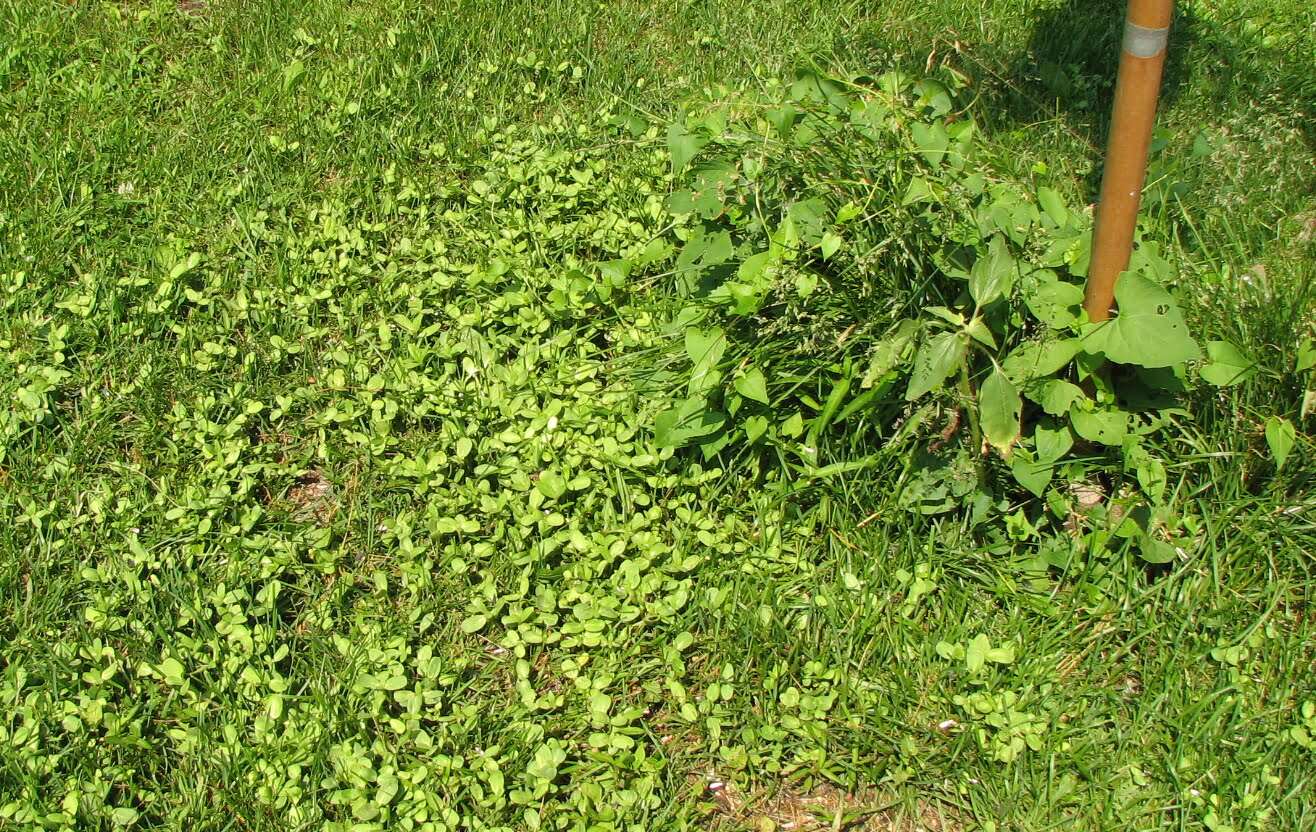
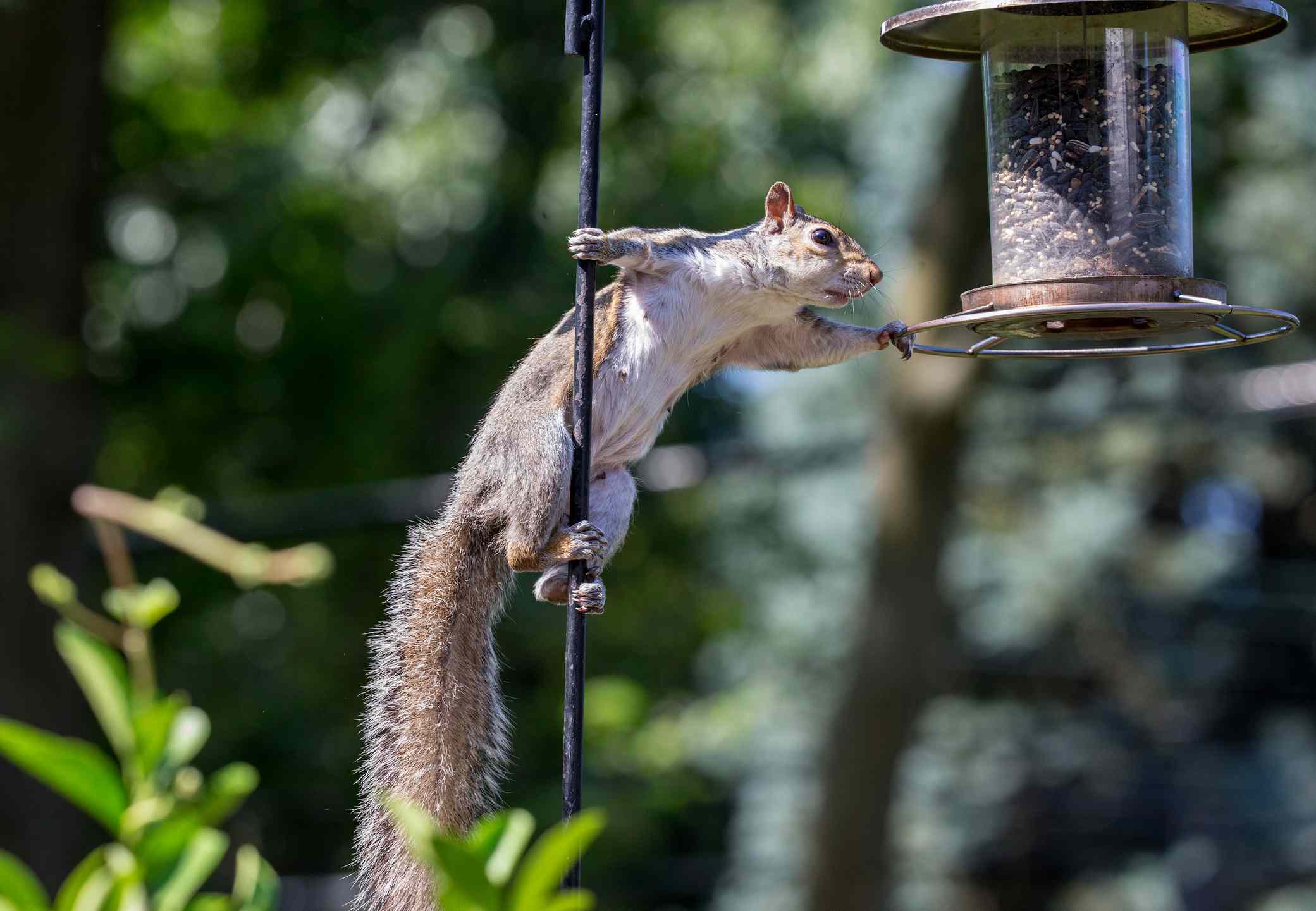
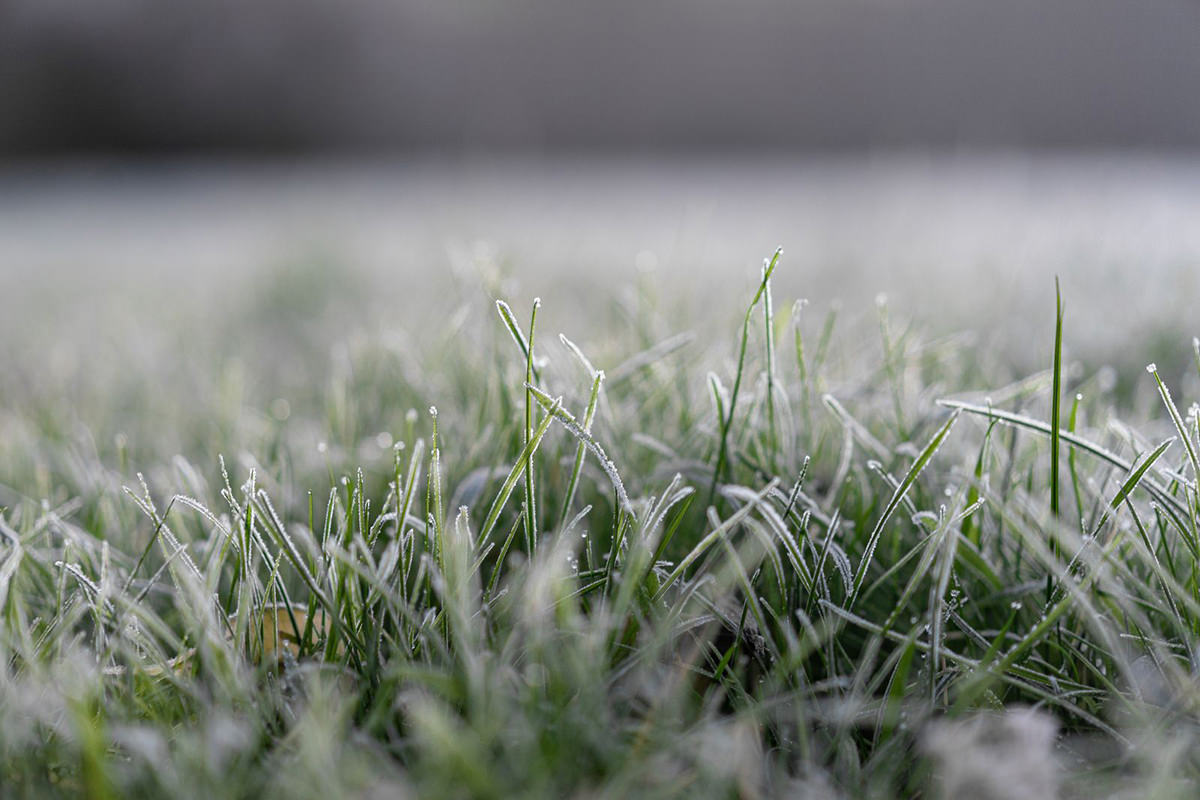
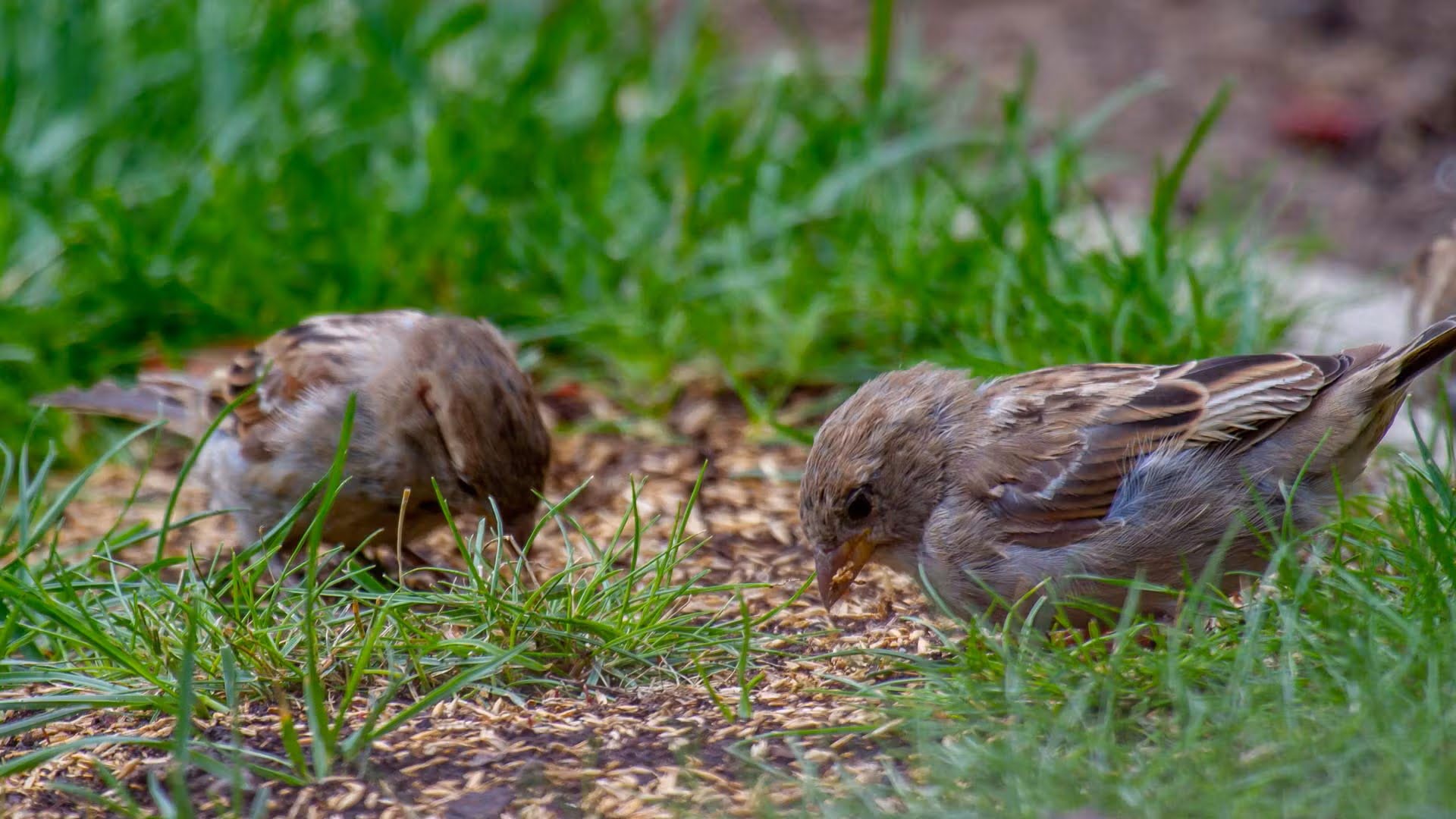
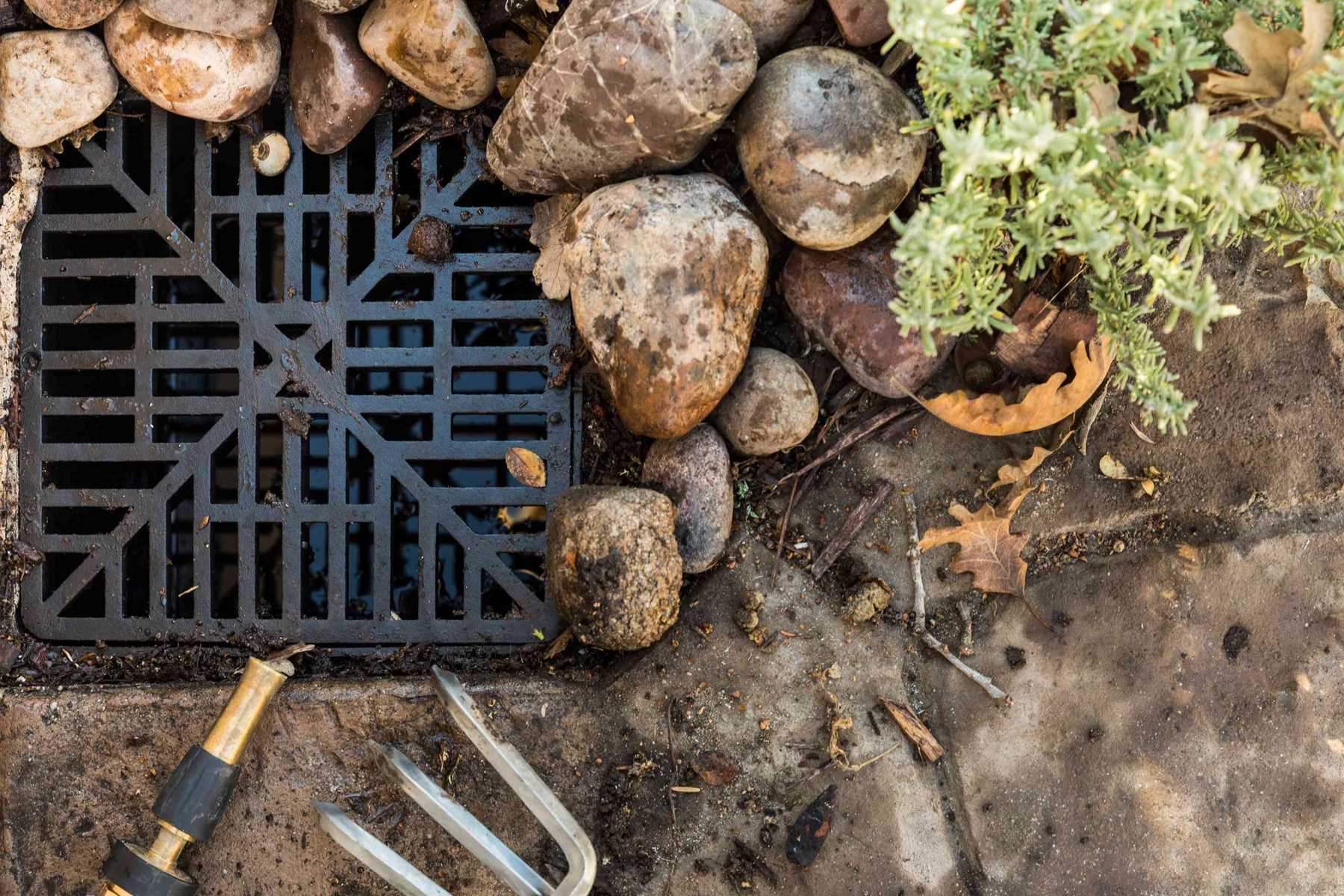
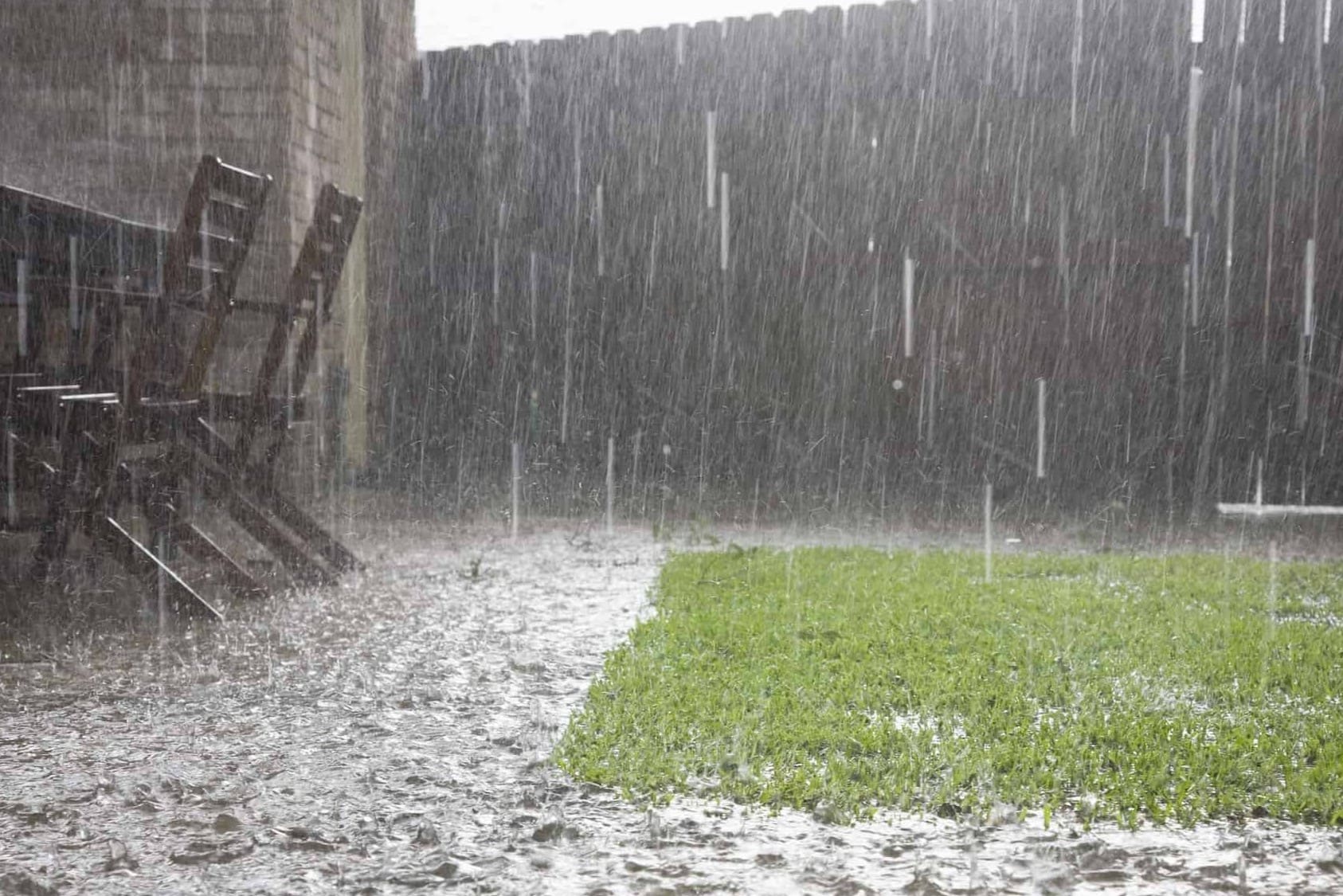
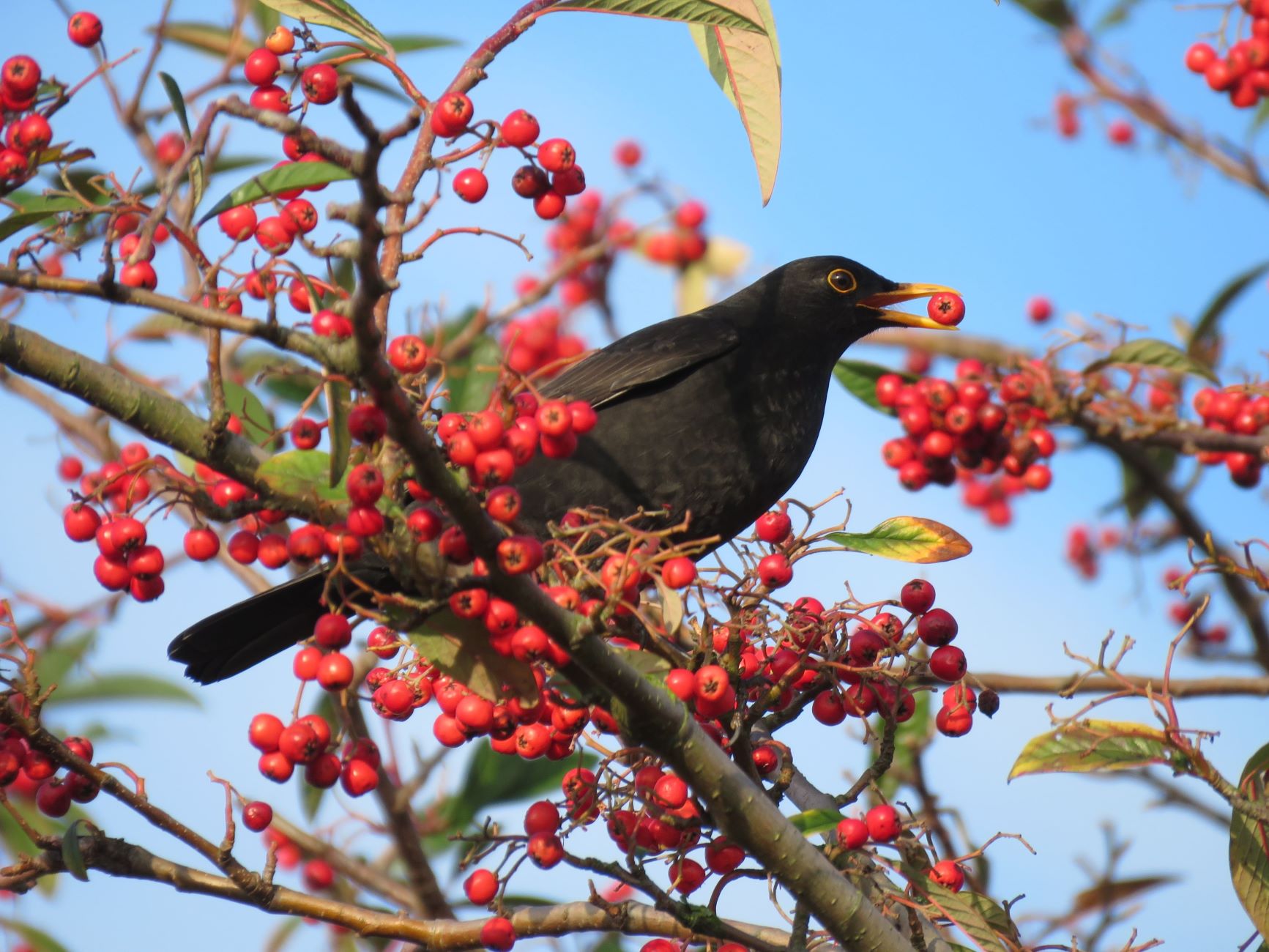

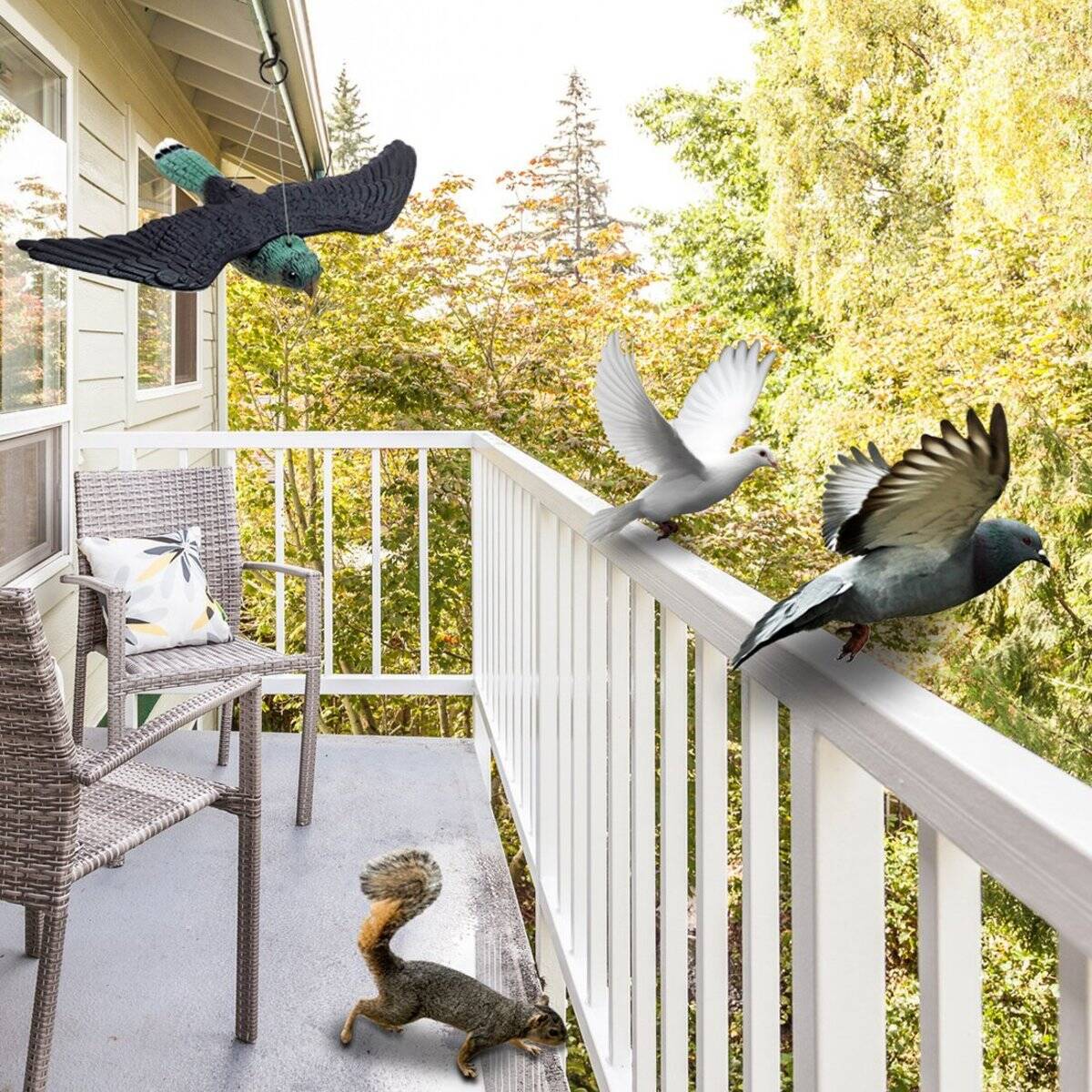

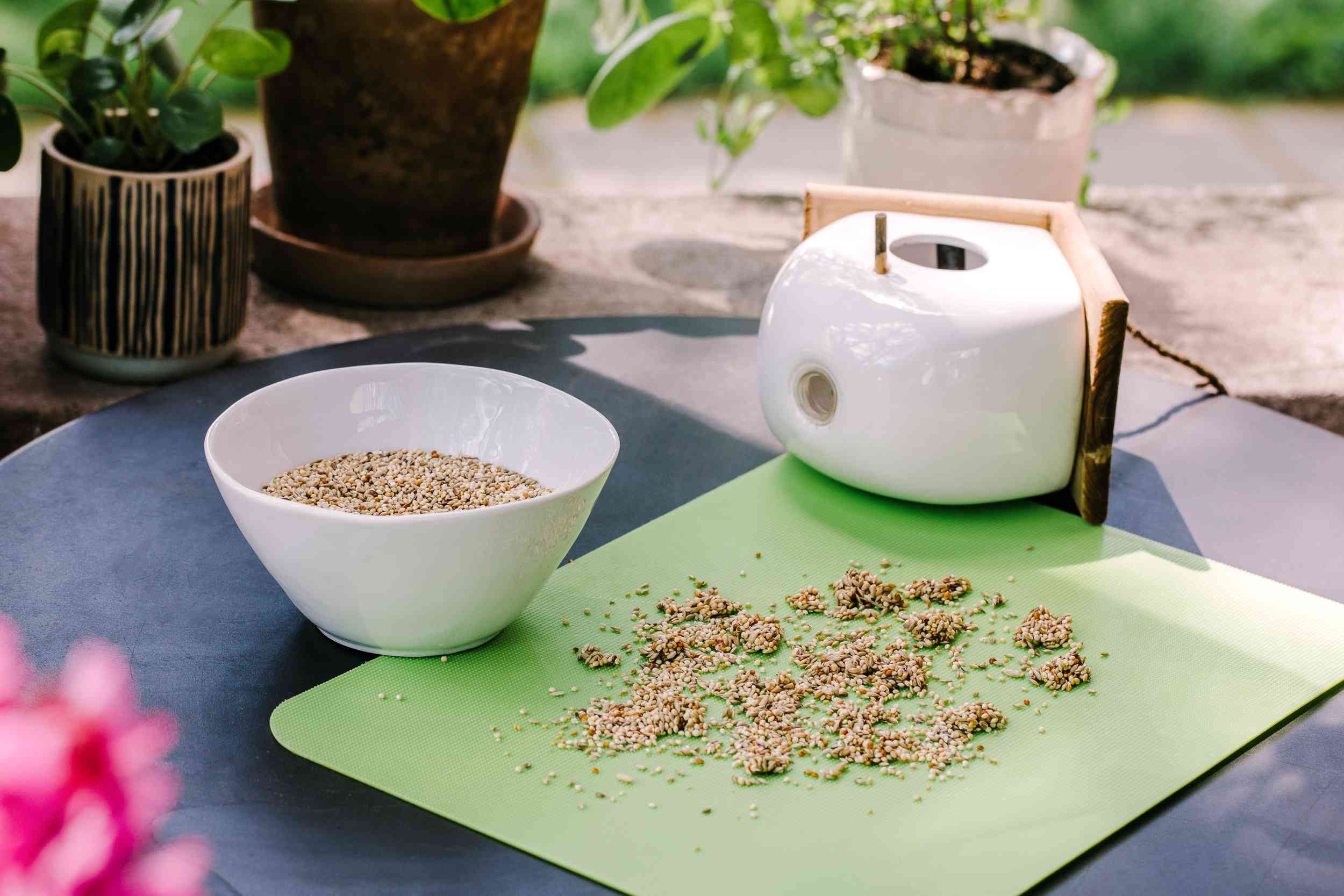
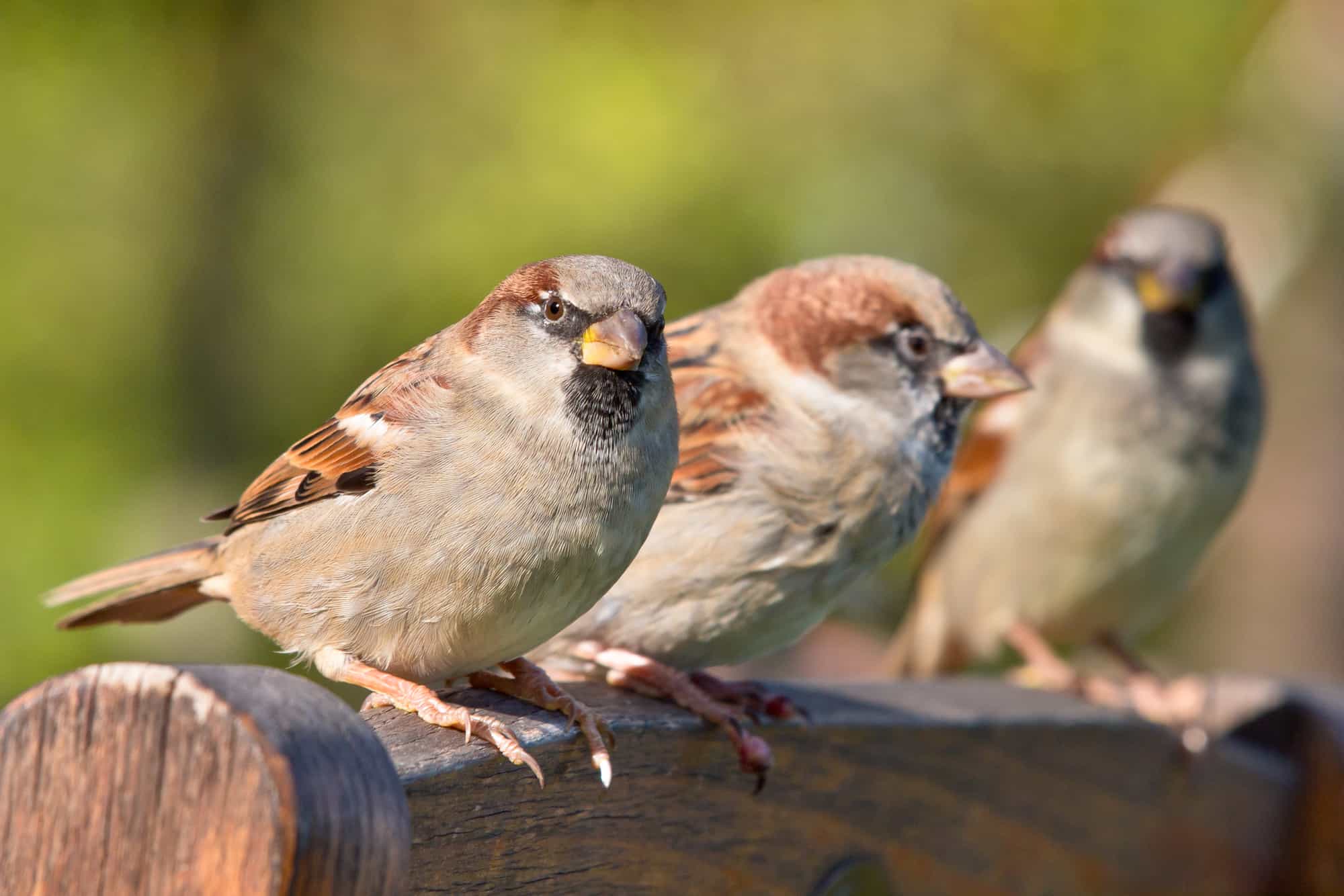

0 thoughts on “How To Protect Grass Seeds From Birds”